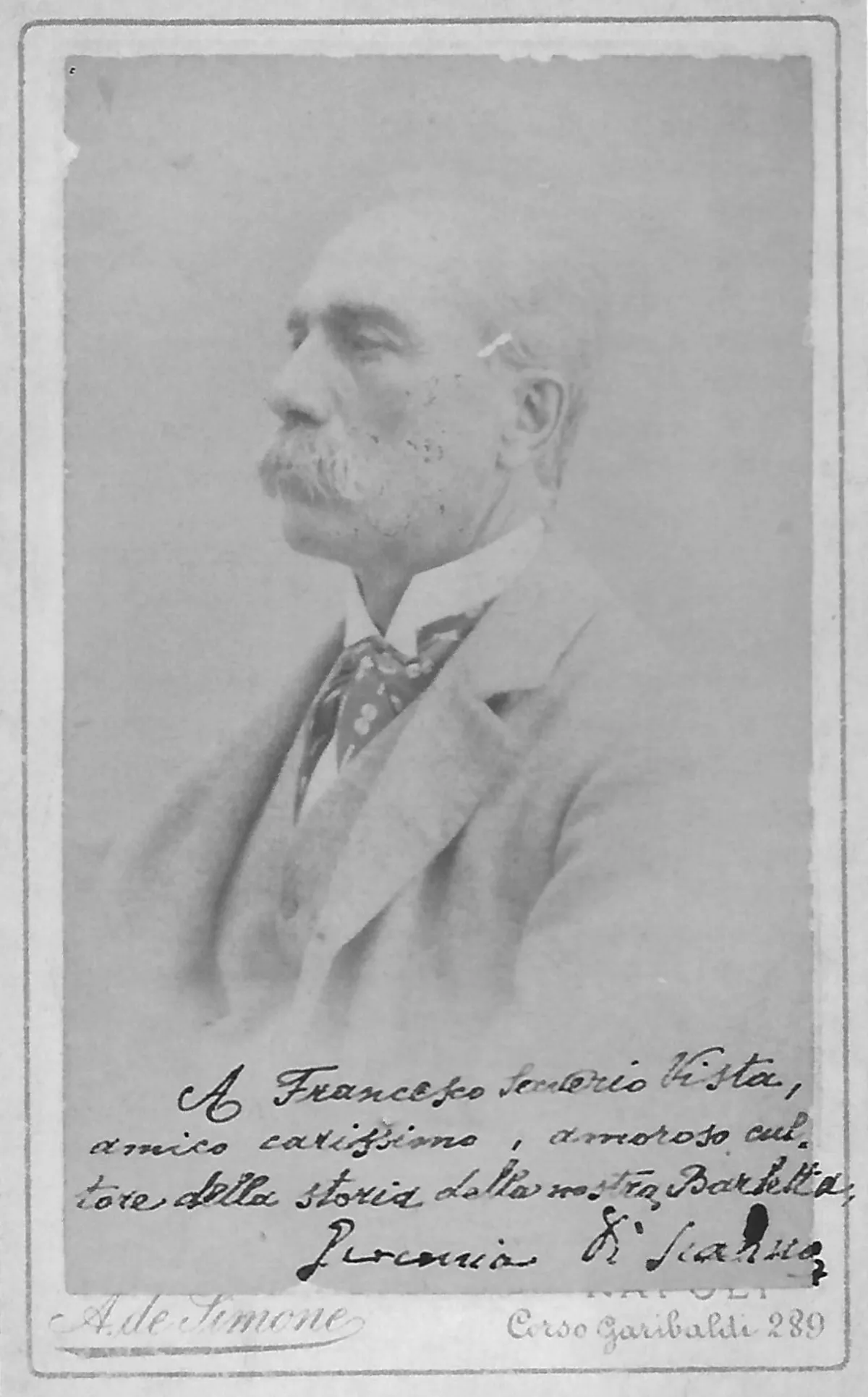 1.
1. Geremia Discanno was an Italian genre and landscape painter, who collaborated with archaeologist Giuseppe Fiorelli, art historian Emil Presuhn, and Naples-based chromolithographer Victor Steeger, to record wall paintings in the Roman ruins of Pompeii and Herculaneum that were being excavated at the time.